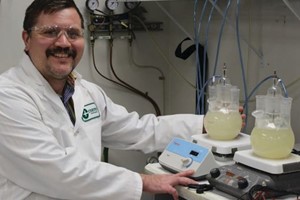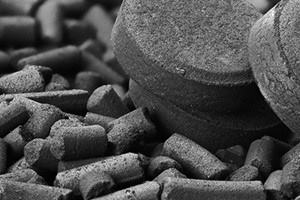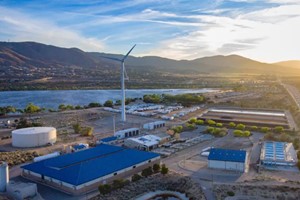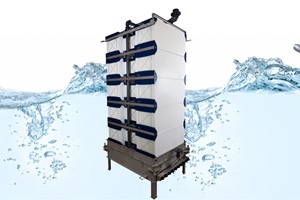The growth of the water treatment chemicals market across the globe is fueled by the increasing use of water treatment chemicals in various end-use industries to cater to the growing demand for chemically treated quality water at low costs.
Water treatment chemicals market is forecast to reach USD56.57 billion by 2022 from USD42.23 billion in 2017 at a CAGR of 6% during (2017-2022) driven by the increasing use of water treatment chemicals in various end-use industries to cater to the growing demand for chemically treated quality water at low costs.
In fact, the rising of Gross Domestic Product (GDP), the growing global population, the increasing public awareness about reuse of wastewater, the improving economic conditions, as well as the increasing number of new discoveries in the oil & gas sector are other factors expected to fuel the growth of the water treatment chemicals market across the globe.
Besides, growing contributions of various water quality associations and companies to carry out research and development activities to enhance properties such as biodegradability and efficiency of water treatment chemicals are also leading to the growth of the water treatment chemicals market.
Based on type, the coagulants & flocculants segment is projected to lead the water treatment chemicals market in terms of volume during the forecast period. Coagulants & flocculants are widely used as water treatment chemicals in municipal and power applications.
The increasing demand for coagulants & flocculants in these applications is due to the stringent implementation of various government regulations to ensure quality water for public health. Moreover, the biocides & disinfectants segment of the water treatment chemicals market is projected to grow at the highest CAGR during the forecast period in terms of value.
Biocides & disinfectants are used in cooling water systems such as cooling towers, condensers, and compressor systems as these systems usually provide optimum conditions for microbial growth due to wide temperature and pH ranges, continuous aeration, and presence of various organic and inorganic nutrients and sunlight.


In addition, biocides &disinfectants are also used in pulp & paper and oil & gas industries to inhibit the microbial growth as the uncontrolled bio fouling affects the production processes as well as the quality of finished products. Based on end user, the municipal end user segment is projected to lead the water treatment chemicals market in terms of volume during the forecast period.
As the global population is increasing continuously, the demand for treated quality water is also increasing. Thus, the consumption of water treatment chemicals in both, municipal and industrial sectors is increasing as there is a shortage of water resources.
Municipalities treat water to meet stringent government regulations formulated to ensure public health. The water treatment chemicals in municipal water treatment plants are used for coagulation & flocculation, anti-foaming, chelation, and disinfection processes.
Water treatment chemicals with a wide variety of properties are used at different stages and operating conditions in the municipal water treatment plants to remove impurities in water. Increased use of water treatment chemicals in the municipal water treatment plants is expected to drive the growth of the municipal end user segment of the water treatment chemicals market during the forecast period.
The North American region is projected to be the largest market for water treatment chemicals in terms of volume during the forecast period. The growth of the North America water treatment chemicals market can be attributed to the large industrial base and high living standards of the population in the region that require high-quality water.
In addition to this, the stringent implementation of various regulatory and sustainable mandates in the region concerning environment is also driving the growth of the North America water treatment chemicals market. Some of the key players operating in the water treatment chemicals market are BASF SE (Germany), Ecolab Inc. (US), Solenis LLC (US), Akzo Nobel N.V. (Netherlands), The Dow Chemical Company (US), and Kemira OYJ (Finland).














